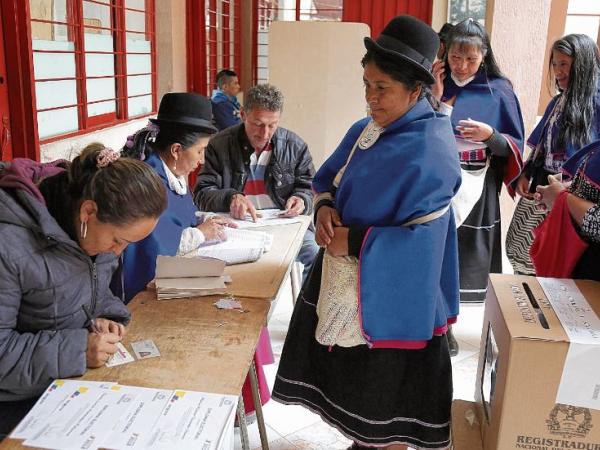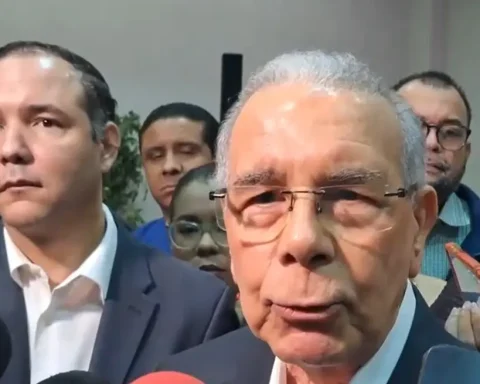If there are sectors that know what is trdown in remote areas of Colombiaand lobby in Bogotá, are the generators of electricity and hydrocarbons (oil and gas), and are responsible for the country’s strengths in these activities.
(Read: ‘86.51% of the country’s power generation in May was with water’).
Colombia is recognized as an energy power and remains self-sufficient in the oil field. Although it already imports gas, both sectors consider it extremely important to work with the less favored communities in the country and with those surrounding the projects, but this work must be very well regulated and transparent for all parties.
more generation
The generating companies gathered in Acolgen, point out that it is important to ensure the supply of natural gas, since its weight in the energy matrix is 15% and in dry seasons is when there is greater demand for the fuel.
For this reason, the president of Acolgen, Natalia Gutiérrez, highlights the importance of accessing the Pacific regasification plant and the renewal of the Atlantic plant, which undoubtedly attracts more investment to the sector.
Gutiérrez, asks the new government to advance in the total electrification of the country, with projects that encourage investment in areas of difficult access with cost-efficient projects. They tell the Government the importance of continuing to work on the complementarity and efficiency of all technologies.
Currently, solar and wind technologies represent less than 1% of the generation matrix, but next year with the entry of new projects they will represent 12%, which results in the country having energy 24-7. For Acolgen, it is vital to incorporate hydrogen as an energy technology, and for this they see it important to have incentives that make it viable.
Likewise, as a complement to the entry of new technologies into generation, the association affirms that access to a robust energy storage system is required. Taking advantage of the strength of the country, they consider important the energy integration of Colombia with Panama and the countries of South America.
‘Raw’ is still good
There are so many uses of crude other than fuels in everyday life that pretending they are not important can be costly. Only in fertilizersclothing, medical supplies, take over a good part of daily activities.
According to the National Energy Plan 2020 – 2050, of the Mining-Energy Planning Unit (Upme), 62% of the country’s final energy consumption corresponds to fuels derived from oil and gas; and the expectation is that by 2050 these energy sources will continue to represent more than 50% of final energy consumption.
This is the opinion of Francisco José Lloreda Mera, executive president of the Colombian Oil and Gas Association (ACP).
(Also: Rises in rents and electricity punctuate inflation, why?).
The executive affirms that this “is one of the reasons why the next government must promote a responsible energy transition, with a significant effort in the incorporation of new energy sources, while at the same time guaranteeing energy sovereignty through the promotion of exploration and production of oil and gas. It is important to make the right decisions so as not to depend on other countries in the near future, to have competitive energy prices and to guarantee the economic and fiscal sustainability of the country”.
It will also be important to ensure gas supply, a fundamental energy source to support the transition, which will require making the sale of natural gas more flexible, advancing in the connection of the coastal and inland markets, and ensuring competition under equal conditions for national gas vs. imported gas.
The ACP affirms that “within the work plan, we hope that the oil and gas industry can be an instrument of economic and social development to advance in the productive transformation of the country, for this reason the contributions made by the sector through taxes, royalties, dividends, will be fundamental to leverage this transformation”.
The ACP feels that in social matters and territorial relations, the challenge is to strengthen the relationship and the coordinated work between the Government, industry and communities; have clear mechanisms for citizen participation, social dialogue and peaceful social protest; and strengthen joint financing mechanisms for projects (for example, Works for Taxes and Works for Royalties).
BRIEFCASE















